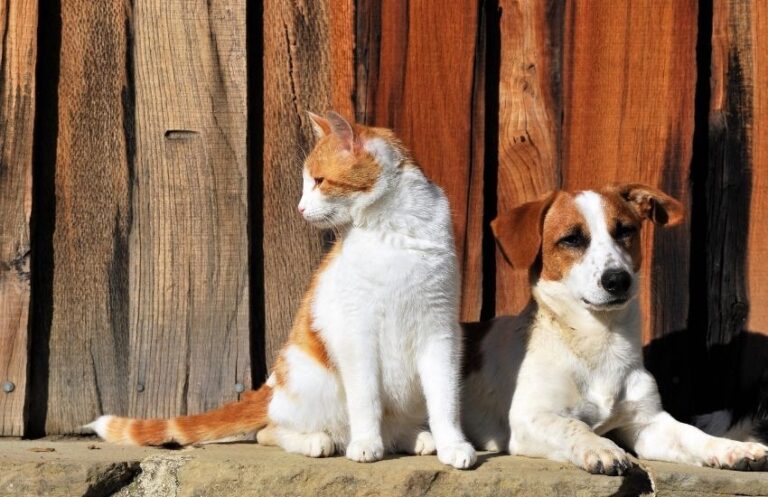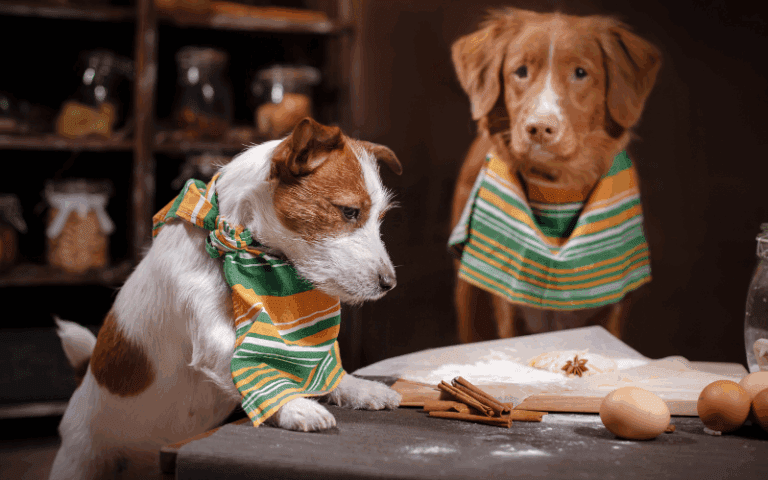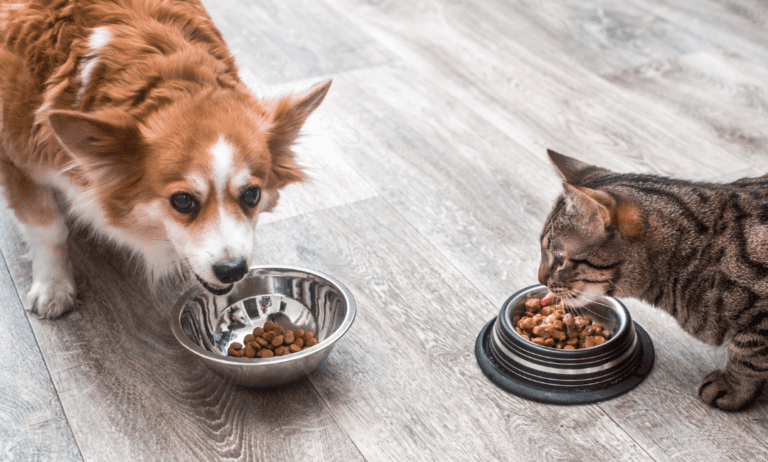
Private Label Dog Treat Manufacturers
Comprehensive Guide to Private Label Dog Treat Manufacturers In today’s competitive pet industry, distinguishing your brand can be challenging. One proven way to enhance brand

Comprehensive Guide to Private Label Dog Treat Manufacturers In today’s competitive pet industry, distinguishing your brand can be challenging. One proven way to enhance brand

What Is the Best Brand for Cat Treats? Bulk Wet Cat Food In the competitive pet food industry, selecting the best brand for cat treats is essential

Private Label Dog Supplements Meta Description:Discover custom private-label dog supplements —your trusted manufacturer for liquid, soft chew, and clean-label pet formulas tailored for today’s health-conscious

Dog Chew Suppliers In today’s competitive pet industry landscape, finding reliable wholesale dog chew suppliers can make all the difference for retailers, e-commerce businesses, and

Why White Label Dog Treats Are the Next Big Thing in Pet Retail The global pet industry is booming, and dog treats are leading the

The Ultimate Guide to Bulk Dog Training Treats Training treats are more than just a reward—they’re a powerful tool that shapes canine behavior, builds trust,

Private Label Dog Treats Your Partner for Private Labeled Dog Products In today’s booming pet care market, building a strong, trusted brand requires more than

Introduction The pet industry is booming, with the U.S. pet treats market projected to exceed $7.2 billion in 2025 packnpride. As pet owners increasingly seek

Meta Description:Explore how to succeed in Canada’s private label dog treats market with insights on sourcing, customization, and B2B trends. Tailored for wholesalers and pet

Meta Description: Explore the booming 2025 wholesale dog chews market, uncovering trends, consumer demands, and opportunities for retailers and OEMs in the pet treats industry.
© All Rights Reserved 2023
Send us a message if you have any questions or request a quote. We will be back to you ASAP!